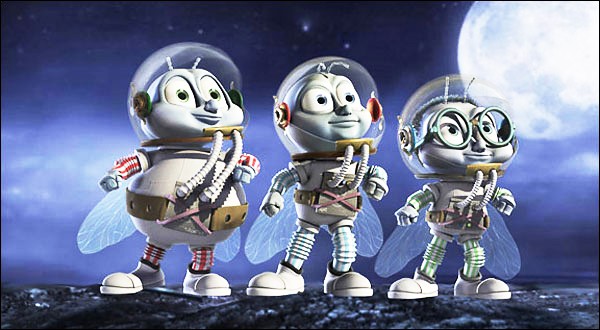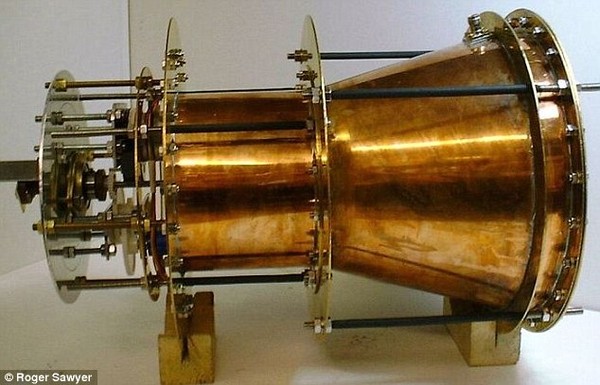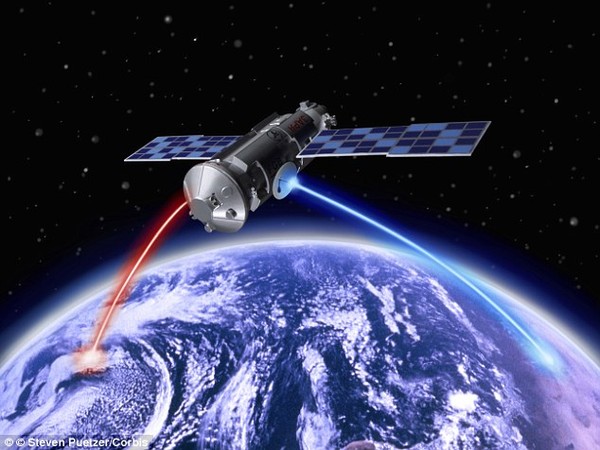The ability of humans to fly to the Moon ... faster than light
Recent successful tests by NASA are opening up the possibility of people flying to the Moon in a flash, even faster than light.
People are about to go to the Moon . faster than light
NASA recently announced a successful test of the device called EmDrive in an underground vacuum environment. This is a machine that is expected to send people flying to the Moon very fast within 4 hours. Further, EmDrive can help humanity fly to the Moon faster than light (it takes more than 1 second to light the path above).

In essence, EmDrive functions like a conventional engine rocket. However, its structure is very simple and the operation mechanism is different. EmDrive provides thrust to the spacecraft by 'confining' the microwave in a sealed box, letting them collide and generate thrust.

The EmDrive model was created by Roger Sawyer
EmDrive works by absorbing solar energy. Therefore, they do not need any material to operate as missiles. Experts hope that, thanks to this feature, EmDrive will help reduce the actual weight of artificial satellites by more than half.
In fact, since 2009, the team led by expert Roger Sawyer has succeeded in pushing 720 millinewton from EmDrive. This is the right push to maintain the outer space satellite. However, at the time, the EmDrive construction theory was canceled quickly. Scientists object to this story, because they believe that EmDrive violates basic laws of physics and has not been proven in a vacuum.

Not discouraged, the team continued to study. By 2015, they had just announced for the first time a shocking scientific impact. And to refute doubts and rumors, on NASA's official homepage said: 'There are a lot of unreasonable theories but have come true thanks to decades of research plying the faculty. learn.'
- Can move faster than light?
- Conclusion about super particles 'faster than light'
- Strange light hinders people from discovering the Moon
- 'Hell' does not light throughout ... 2 billion years on the Moon
- For the first time, the scene broke the wall of light
- Official: Americans will return to the Moon
- Officially reject particles faster than light
- New NASA research: Water and humans can be found on the Moon, so come back soon
- Operated by light, computer speed is 20 times faster
- Detecting moving particles 'faster than light'
- Redo the experiment 'faster than light'
- The neutrinos move faster than the speed of light
 Van Allen's belt and evidence that the Apollo 11 mission to the Moon was myth
Van Allen's belt and evidence that the Apollo 11 mission to the Moon was myth The levels of civilization in the universe (Kardashev scale)
The levels of civilization in the universe (Kardashev scale) Today Mars, the sun and the Earth are aligned
Today Mars, the sun and the Earth are aligned The Amazon owner announced a secret plan to build a space base for thousands of people
The Amazon owner announced a secret plan to build a space base for thousands of people